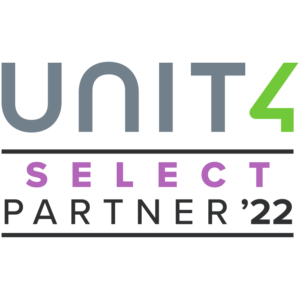It’s budgeting time and you are evaluating capital expenditures for next year. One project that has been put off for several years is a new, better integrated retail system.
This is sometimes a hard sell with the operations and financial segments of the company. Retail systems touch almost every part of the company and can be expensive. After all, you are getting timely sales information, your customers are able to pay out promptly and efficiently, system uptime is reasonable (maybe not great) and loyalty information is being gathered. That’s really all you need, right? Maybe, maybe not.
Here are some ideas about what you should expect from a new system and how to evaluate whether such an expenditure would have an appropriate payback for your organization.
1. What is your current inventory out of stock percentage and how can your new implementation improve that?
Measuring out of stocks from a web portal is easy; the number of times customers look for products that are not in stock can be electronically captured. In a brick and mortar store situation, the numbers are not so straightforward. You don’t have the dress in the right size or style. Does the customer tell the manager? Usually not. Would it convert to a sale if you did? Often, but not always. A current assessment of your out of stock ratio is important here, if your new system is supposed to integrate more closely to provide better inventory tracking, ordering and replenishment.
Let’s consider some numbers at work here. If your out of stocks run 10% of all transactions and you believe that you could convert half of those out of stocks to a sale with better inventory integration and metrics, you should expect to increase your sales by about 5% if the new system fully realizes the potential here. Even a 50% realization of the potential capture would result in a 2.5% increase in sales, which would often fully fund a retail project.
2. How can your new system reduce the amount of dead inventory and deep discounting that’s required to move slow selling items?
The flip side of not having the right items in stock (#1 above) is having the wrong items in stock. What is the cost of your dead inventory disposal? How many items are put on clearance because you had the right items at the wrong time, or in the wrong size? Shelf and rack space is wasted on items that will not sell, with an opportunity cost of displaying items that would sell.
How many items are sold at clearance for 50-75% off that should never have been purchased in the first place? Choosing styles involves human judgment, and so it is an art (rather than a science), but a good system can ratchet up the science side and improve the buyer’s chances of nailing down the art side.
Again, the numbers in play are large. If your inventory is sold at 70% of suggested price, on average, and your new system could increase that to 75% by better anticipating demand flows and seasonality, a 5% increase in sales could be realized.
3. Can a new system enable new revenue streams?
For example, the best new retail systems enable pick, pack and ship functionality at the brick and mortar store level. That is, customers can place an order over the web that your system automatically routes to a store when your fulfillment warehouse is out of stock or low on stock for that item. The store that has the right item in the right color and the right size receives a notification to ship the item directly to the customer. You have not lost a sale, the customer’s needs have been fulfilled and your store manager’s volume goes up, all positive trends. To quantify the possibility, what amount of out of stocks from your web orders could have been filled with store inventory? 1-2 transactions per store per day could increase sales substantially.
Some things to consider:
- All the above initiatives increase inventory turnover. In a leveraged situation (where money for inventory is borrowed), the reduction in borrowing costs should be quantified as a project payback (increases your Return on Investment or ROI for the project).
- The above initiatives should also increase customer satisfaction which, while more difficult to measure, is intrinsic to the success of the company.
- The above initiatives should be wrapped into project objectives with the before and the expected ‘after’ metrics so that you can measure the project success and tune areas where the project is falling short.
- Finally, when quantifying project objectives, don’t take all the upside out of the numbers. If you feel the project could get a 10% increase in sales, should get a 7% increase in sales, and a 4% sales increase is a surety, use the surety number. If the ROI justifies from that, the project should be a ‘go’.
Susan Alvarez is the Vice-President of Consulting Services at ITK Solutions Group. ITK Solutions Group is a retail-focused consulting firm specializing in retail enterprise resource planning (ERP) solutions.




